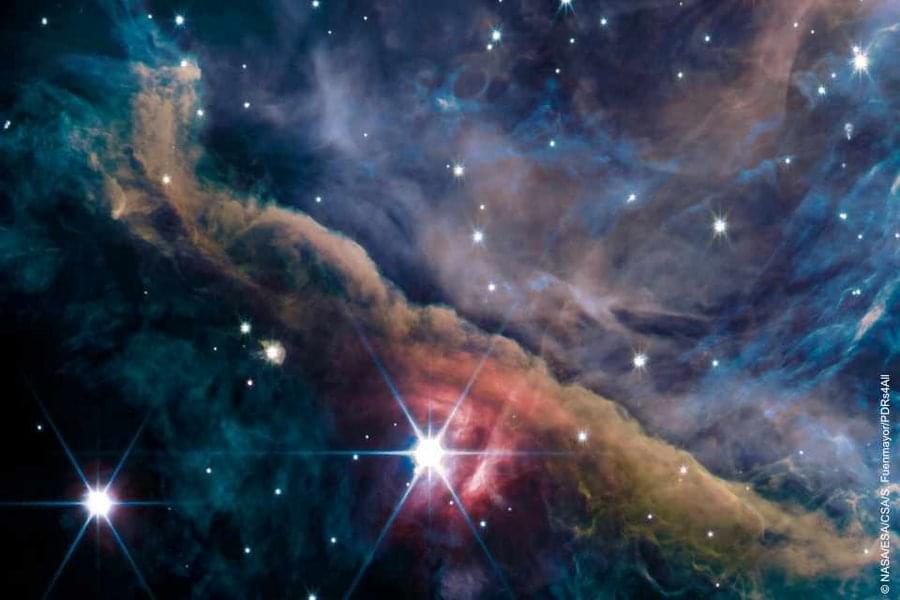Private space company Sierra Space has blown up its first full-scale inflatable space habitat, dubbed the Large Integrated Flexible Environment (LIFE) — and it was all part of the plan.
The balloon-like contraption, which measured just over 20 feet tall, held a third of the volume of the International Space Station once fully inflated. During a recent test, engineers at the Colorado-based company kept pumping it with air, reaching a whopping 77 psi — well above NASA’s recommended level of 60.8 psi — before it exploded in spectacular fashion.
A video of the test shows the habitat quite literally bursting at its seams in a fraction of a second, successfully concluding the company’s “first stress test of a full-size, inflatable space station structure.”





